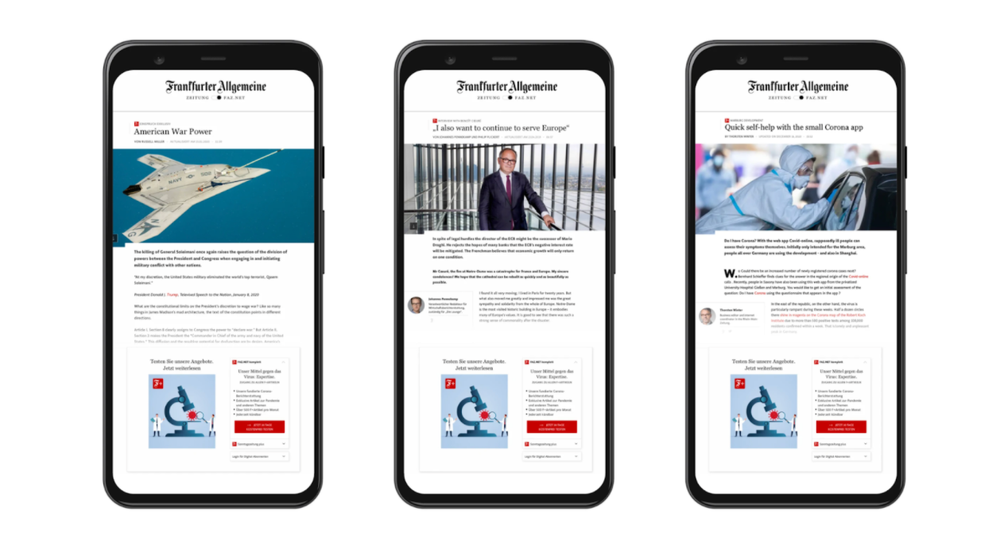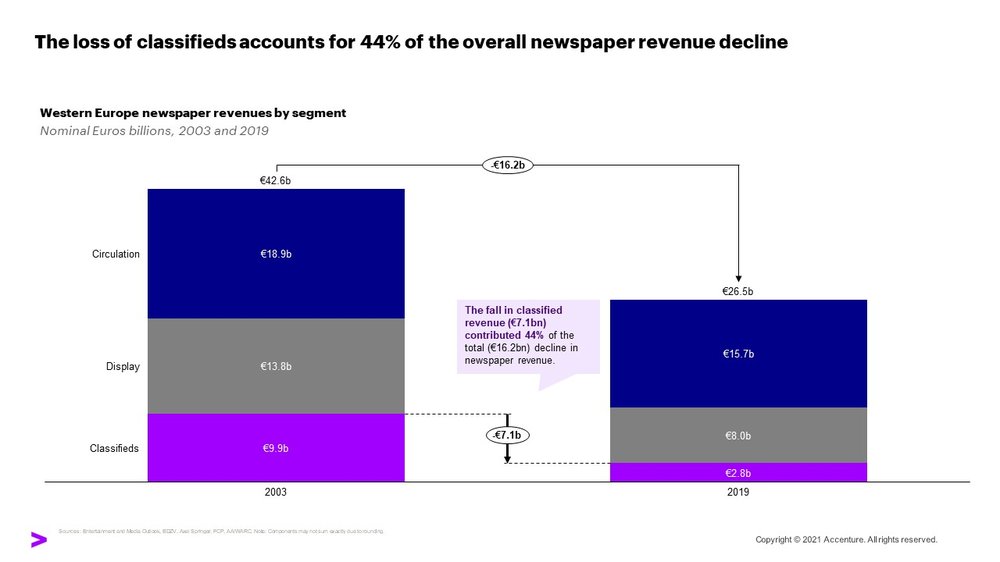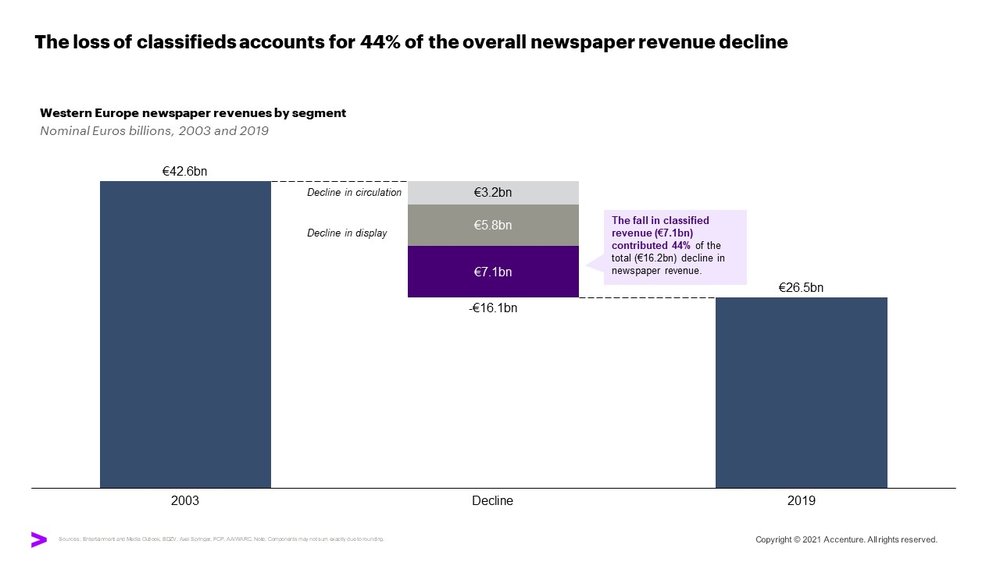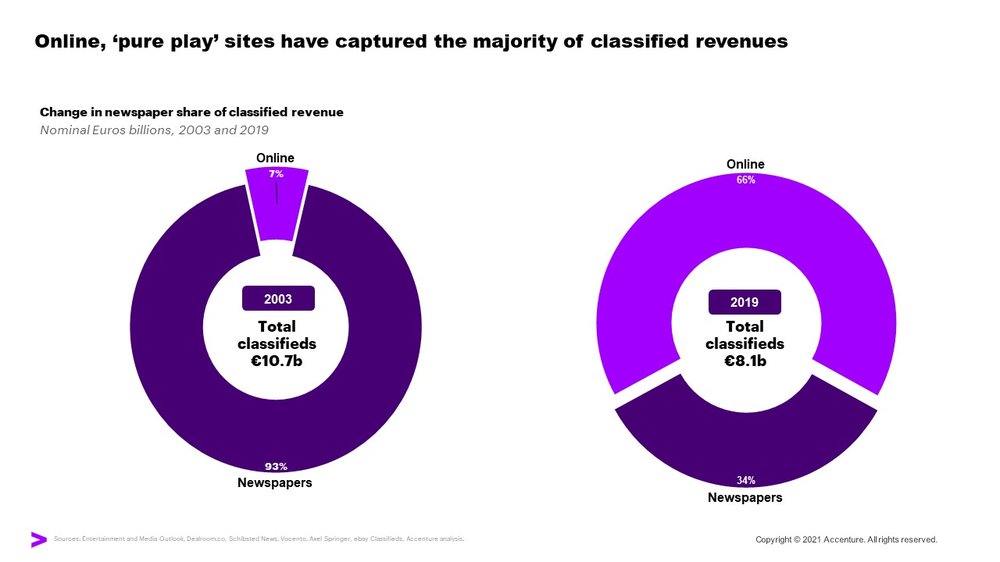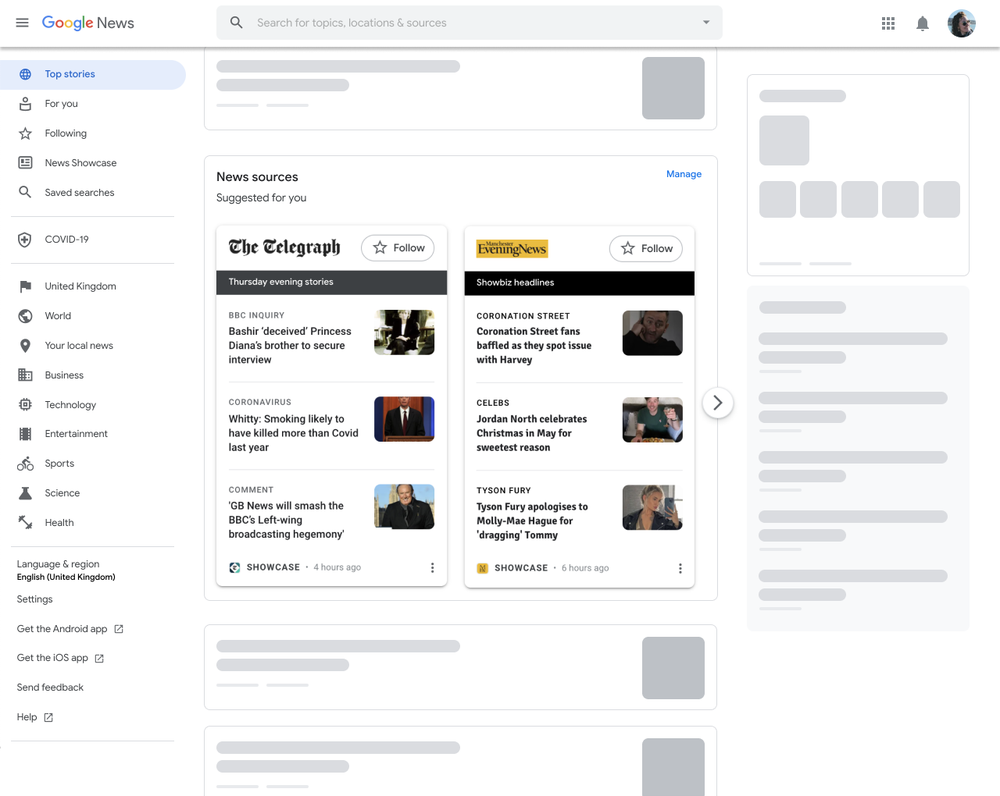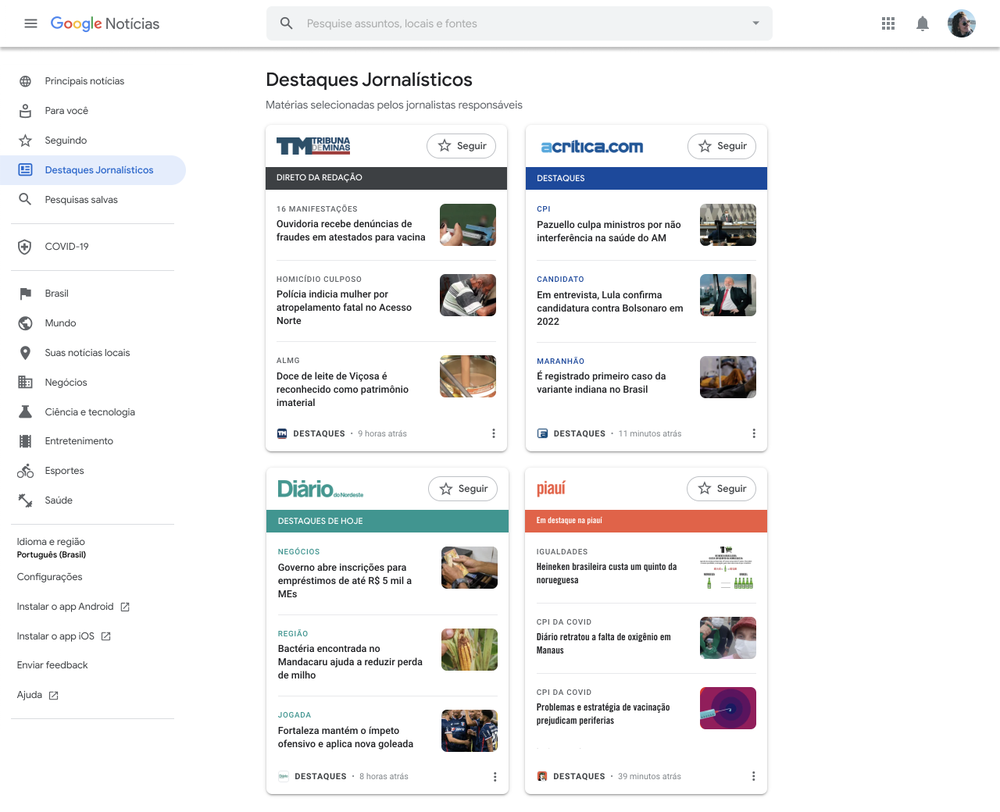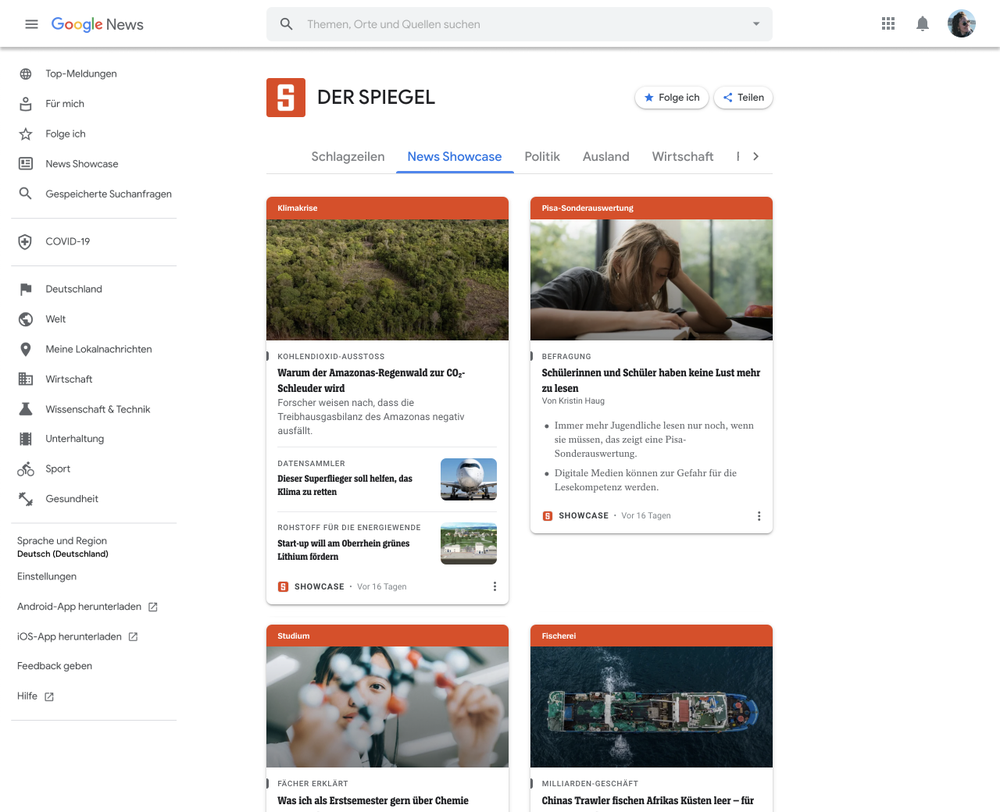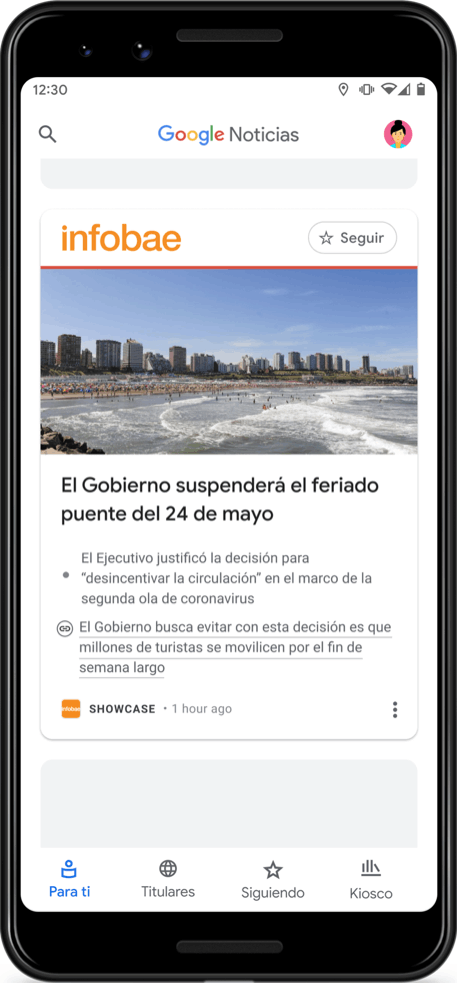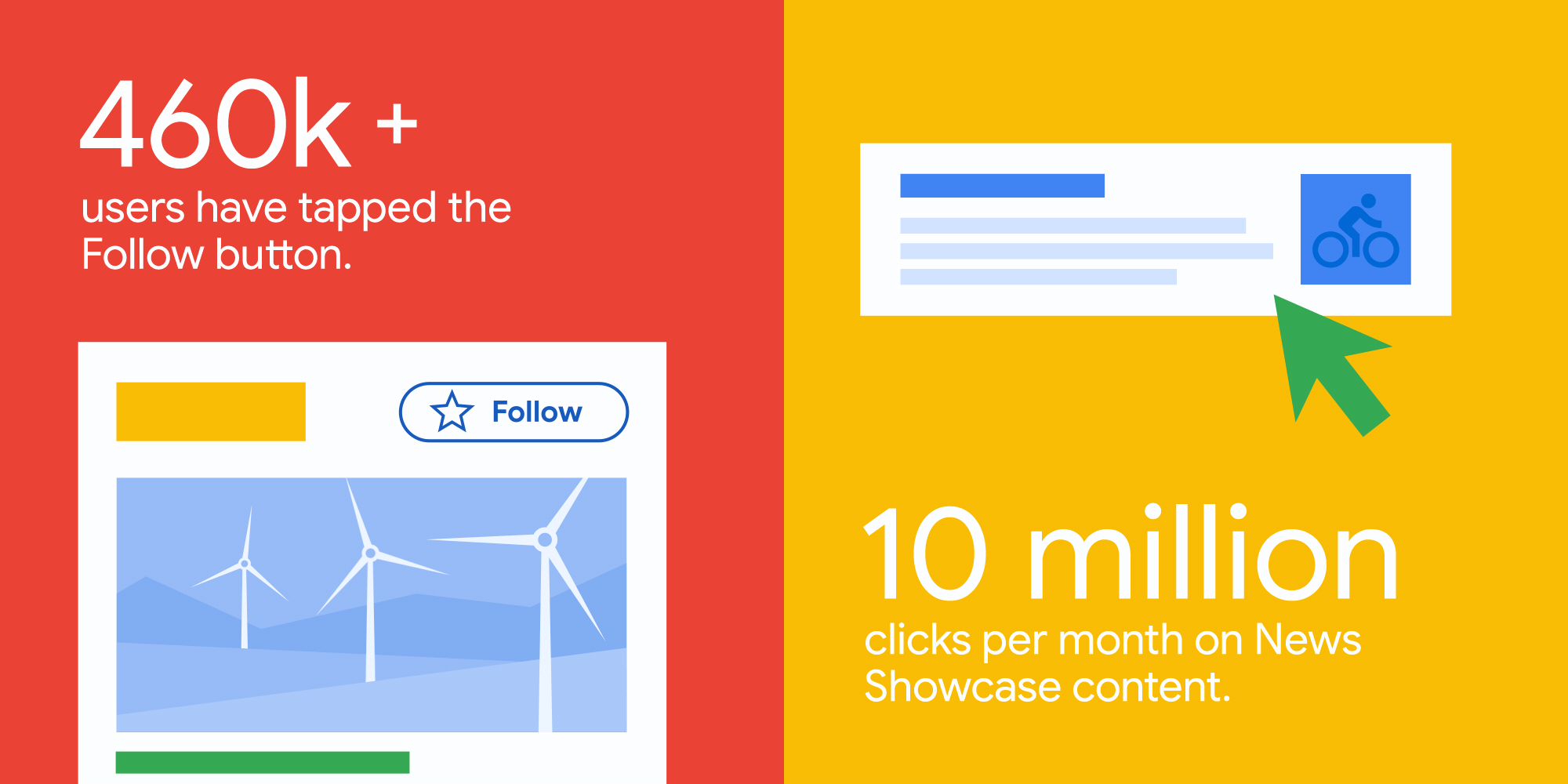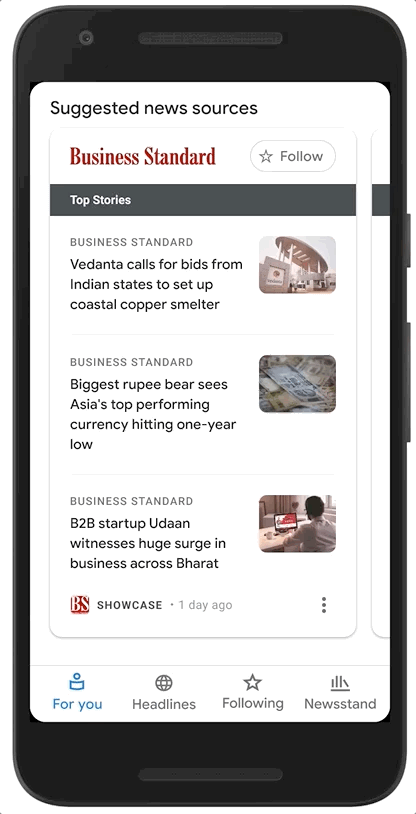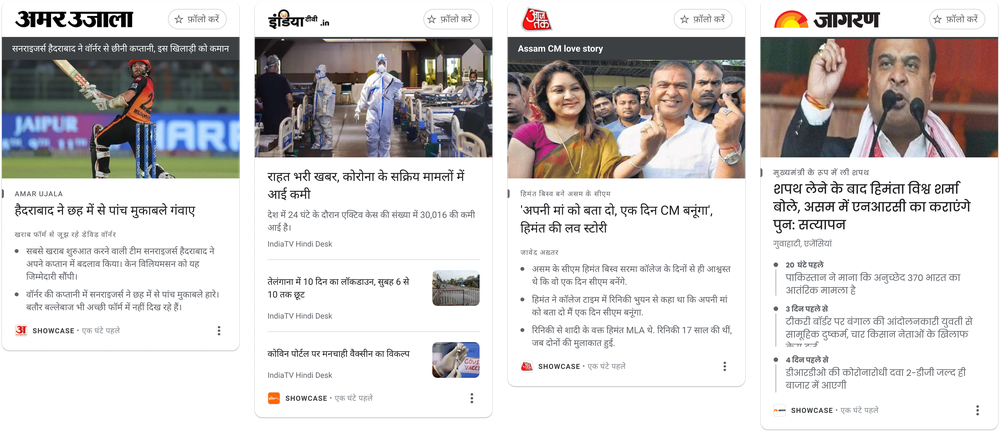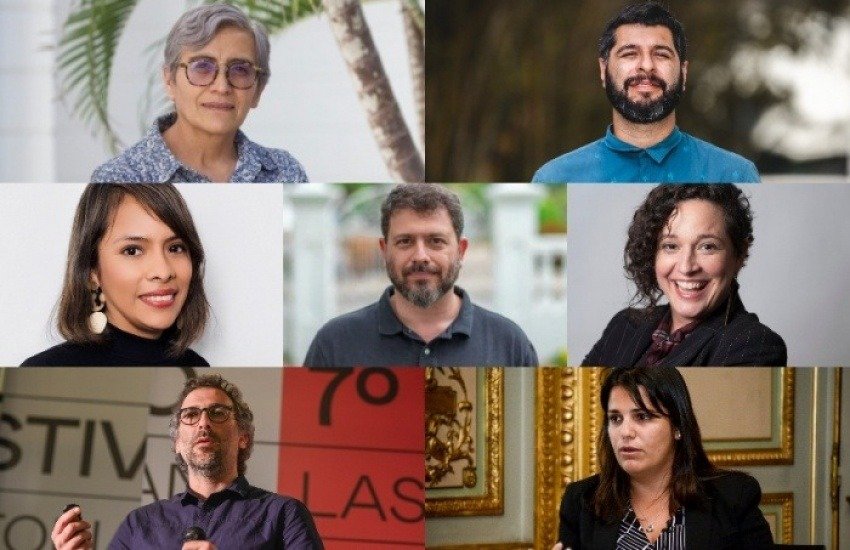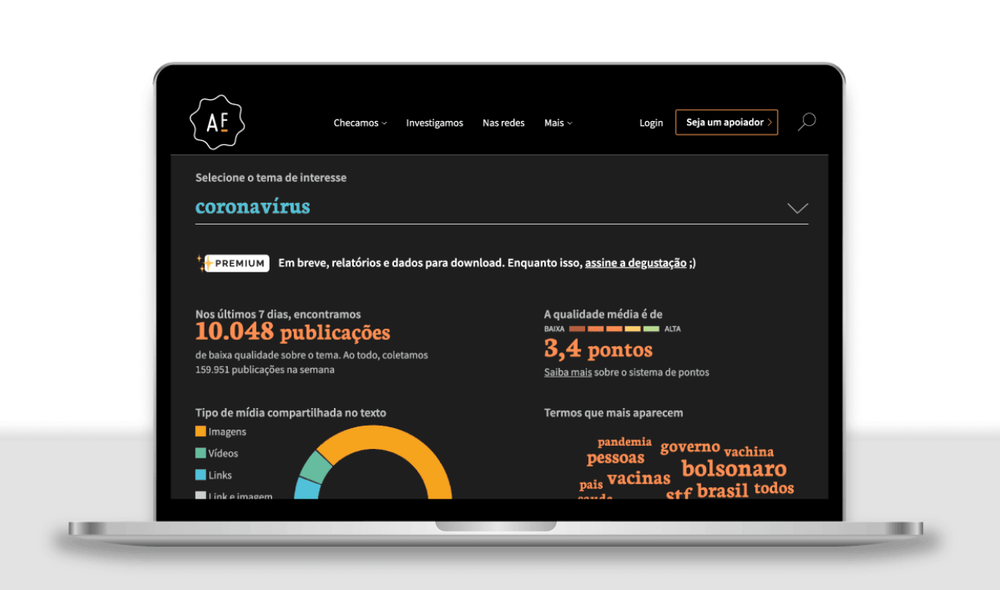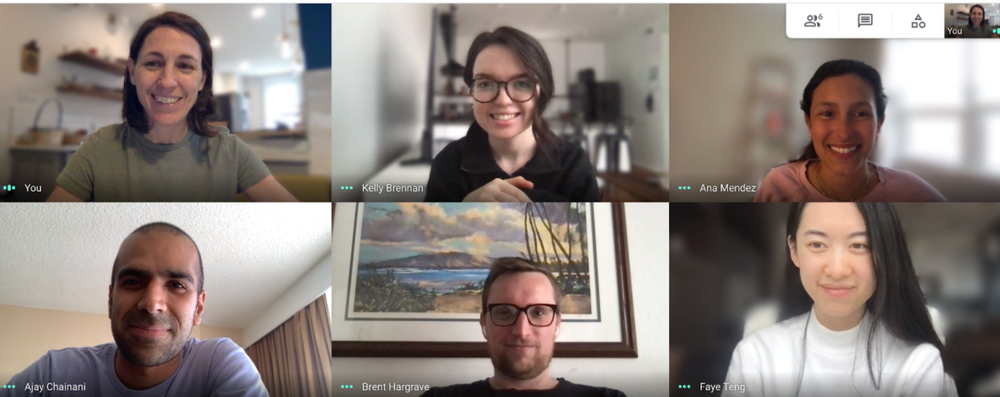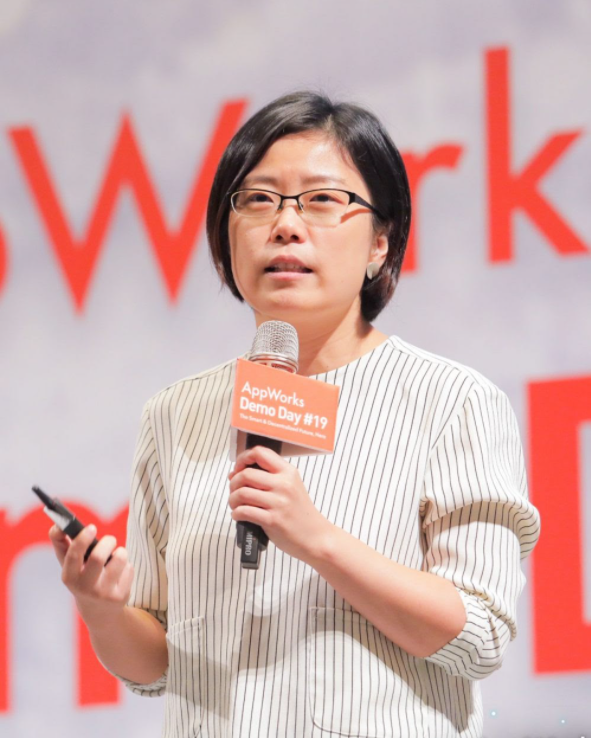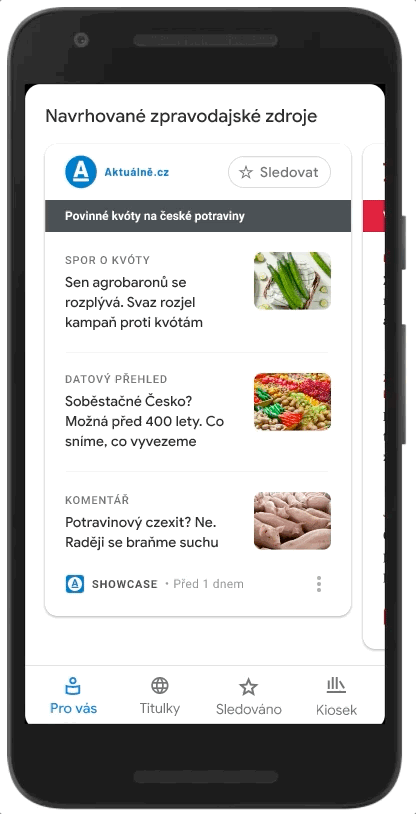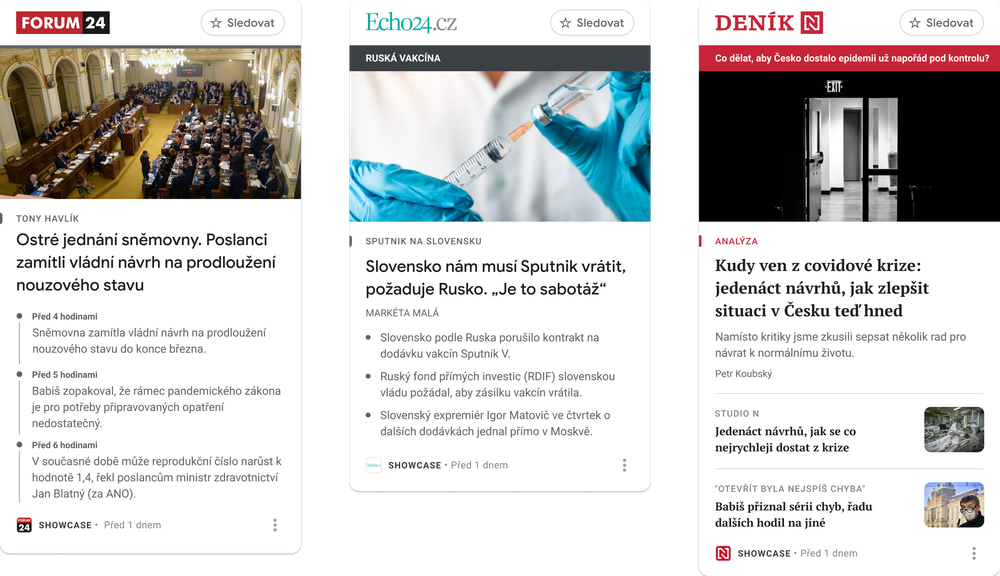At a time when people are looking for quality journalism and publishers are finding new ways to engage with readers, the launch of Google News Showcase is critically important. At the first wave of launch, we have 30 news publishers in India signed up, including national, regional and local news organizations like The Hindu Group, HT Digital Streams Ltd, Indian Express Group, ABP LIVE, India TV, NDTV, Zee News, Amar Ujala, Deccan Herald, Punjab Kesari, Dainik Jagran, The Telegraph India, IANS (Indo Asian News Service) and ANI.

Logos of our current Indian news partners for Google News Showcase
Read on to find out more about Google News Showcase:
What is Google News Showcase?
Google News Showcase is our new online experience and licensing program that licenses text and other assets, and incentivises for curated contents. When readers click on the link they are taken directly to the publisher news site where they can read the full article. This program supports news publishers to curate high quality content on Google’s News and Discover platforms, connecting readers with the news they need.
What is the benefit to publishers?
News Showcase helps publishers deepen their relationships with readers by utilising their branding and presentation to present content in a way that’s true to their look and feel. It also adds to the sustainability of news businesses where News Showcase partners receive a fixed monthly fee for curating their articles on News Showcase, and in some cases providing access to articles behind their paywall so that readers can see the value of becoming subscribers and publishers can build a relationship with readers. In addition to the fee Google pays to the publisher partners, News Showcase helps publishers grow their audience and their business by directing readers to their site where they can monetise by showing ads and offers to subscribe.
Since we launched News Showcase globally, users have followed news publishers more than 200,000 times thanks to the features we launched alongside News Showcase. This is a huge increase in traffic, and we’re looking forward to seeing these new relationships develop even further.
What is the benefit to users?
Users of News Showcase get a richer news experience from trusted news organisations and can discover publications covering their interests and the places they care about. News Showcase panels allow readers to dive deeper into a story and see a list of important articles updated multiple times per day by their favourite publishers.
What is Google paying for?
Payments are made for the publishers’ curatorial expertise for beyond-the-paywall access and to curate content for story panels over Google platforms. Publishers receive monthly fees. News Showcase is not a pay-per-click model, anything publishers get in terms of additional traffic from story panels or new subscribers is on top of that fee.
Content from Indian publisher partners in English and Hindi will begin to appear in dedicated News Showcase panels over Google News and on Discover. We’re committed to expanding in additional languages for India. As part of our licensing agreements with publishers, we're also paying participating news organizations to give readers access to a limited amount of paywalled content. This feature means readers will have the opportunity to read more of a publisher’s articles than they would otherwise be able to, while deepening readers’ relationships with publishers and encouraging them to subscribe.
What features are available in the News Showcase?
We’re initially offering four panel layouts as part of Google News Showcase - bullet points, timeline, rundown and related articles. Depending on the story and how they want to tell it, participating publishers can pick the ideal template to showcase the best of their journalism and tell stories the way they want to. This additional context for users not only helps them understand the story better, but also helps them to get to know the publisher’s editorial voice and priorities. We’ll have more feature updates coming soon.
Participating publications can also use the extended access feature where Google pays to allow readers to access some of their paywalled content provided through News Showcase. In return, users will register with the news publisher, providing a way for the publisher to build a relationship with readers.
Where does it appear?
The Google News App: Google News Showcase story panels are now live in the Google News app. To view, navigate to news.google.com/showcase on your mobile, or you can download the app. (Android, iOS)
Discover: The panels are starting to roll out on Discover on iOS soon, and will be visible to Indian users in the coming days. Discover appears in the Google Search App on mobile devices. The Google App is preinstalled on Android devices and can be downloaded for iOS here.
How can I see story panels today?
If you open the Google News app and navigate to the newsstand tab, you’ll see a carousel of story panels. And if you follow one of the publishers who are part of this initial launch, you might see one of the panels in your For You feed in the app.
Will the News Showcase affect the ranking of news publishers on Search and News app?
We don’t give preference to News Showcase content when ranking feeds. Normal ranking principles apply to News Showcase content as it applies to regular content from a publisher. You’ll continue to see the personalized content you’ve come to expect from Google News, but if a participating publisher has opted to create a News Showcase panel featuring an article in your feed, you may see that panel instead of the article.
Are you planning to add more publishers in India?
We’re starting with a good mix of news publishing partners covering a cross section of media across India, and we will continue to expand this effort further. Over the coming months we will bring more partners onboard and our goal is to add support for other language publishers in India.
We fully recognize India’s large and diverse news ecosystem and they all have different needs. News Showcase is just one part of our overall commitment to the Indian news ecosystem. We’ve announced we're expanding our Google News Initiative efforts in India and introducing several new programs to help small and mid-sized publications achieve financial sustainability.
We will continue the constructive relationship we have built with the news industry, and work with everyone — including journalists, news outlets, news associations to build the future of news together. See what other publishers are saying.
Posted by Shilpa Jhunjhunwala, South APAC Head, News & Publishing Product Partnerships, and Brad Bender, VP of Product Management

